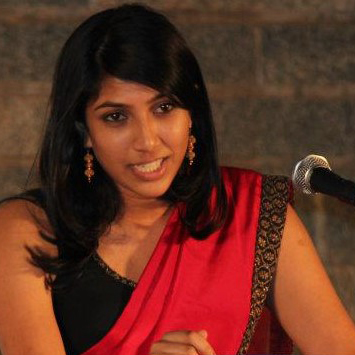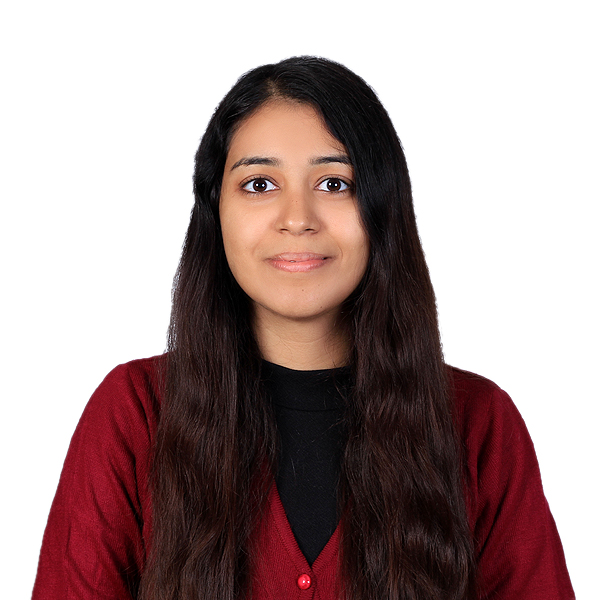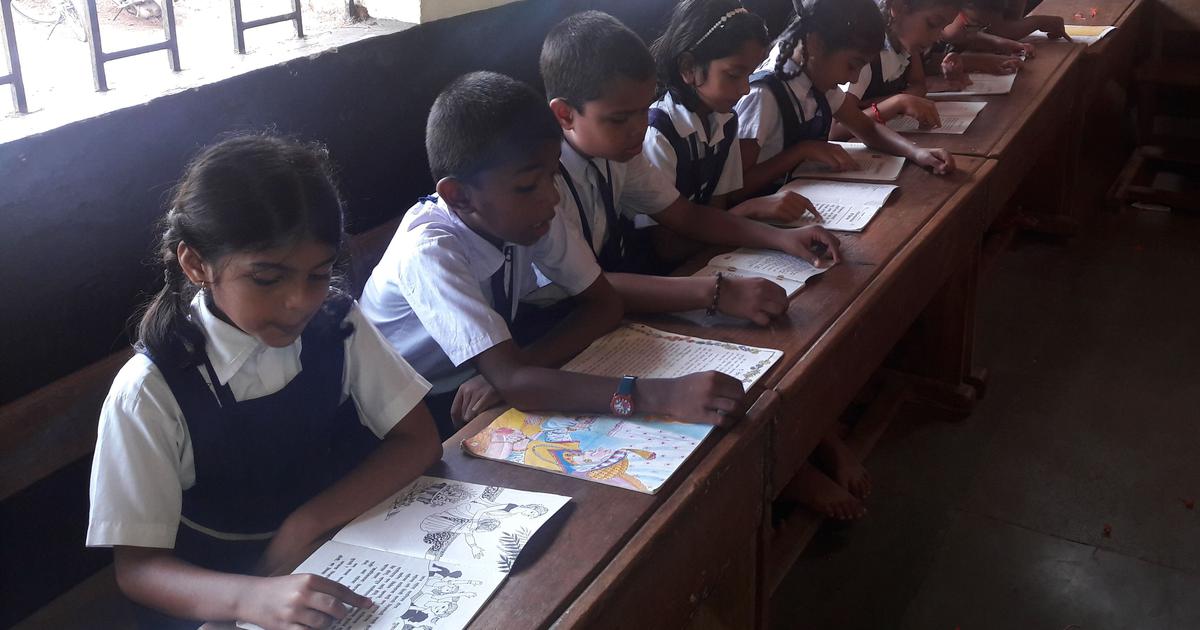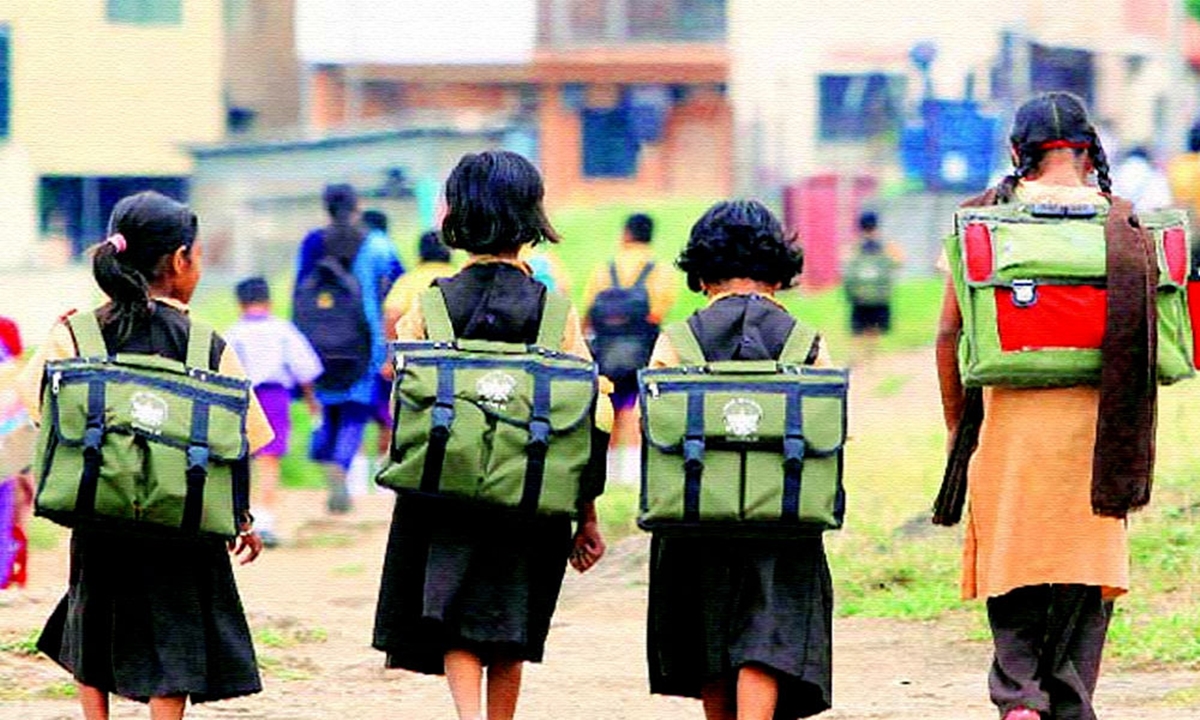
In Discussion: Ruma Banerjee and Amar Jain
Excerpt of the conversation with Dr. Ruma Banerjee and advocate Amar Jain on making education content accessible for children with disabilities
In extension to Vidhi’s study on ‘How Accessible is Education for Students with Visual Disabilities| An Analysis of Digital Resources’, a discussion was organized to talk about the need of Universal Design Learning (UDL) principles in digital learning for learners with disabilities and the role of policies and law in securing accessible digital education to learners with disabilities.
You can view the full discussion here.
Dr. Ruma Banerjee (from Seva in Action, Bangalore) and Mr. Amar Jain (Advocate and certified accessibility professional) were invited to contribute to the discussion. Following are some of the excerpts from the discussion:
Conversation with Dr. Ruma Banerjee
Question 1: Our study finds a high incidence of inaccessible ‘learning activities’ and that teachers and students are not provided alternative content in the curriculum or alternate questions in exams to substitute inaccessibile subject matter. How can we support teachers better?
Response:
Education is a fundamental right, every teacher has the responsibility to provide for any child. So the first gap is the development of our regular teachers, ro equip them to teach students with disabilities. A lot of aspects of making the whole learning process accessible for children starts with the teacher and making them equipped to make the learning environment learner friendly.
The Teaching and Learning Materials (TLM) have an important role here. This teaching and learning cannot happen in abstract for any child, regardless of disability. While preparing the TLMs we need to ask how are we meeting the learning objectives for the children? Our education system is such that it considers textbooks as the main TLM for teachers and the content of the textbook is copied and shared with the children but TLMs go far beyond that, and it depends on the learning objectives of the child, based on the subject and the class.
So when you are looking into the learning objectives, whatever they are, how are you going to enable the child to learn that objective. For that, we need to have different ways and methods of teaching and that is where one has to take a more multi-sensorial approach for learning, where we can develop such materials that help the child, not only to learn through one of the senses, but also let them use all the different senses.
An important thing that must be realized, especially for people in the space of inclusive education is that we are often talking about diverse learners, we are talking about an environment where learning has varied forms and it is not only for Children with Disabilities (CWDs). Maybe there will be children who require time to learn a concept, there may be CWDs who might be learning only through visual forms, some children such as those with autism, might need a more isolated or individual way of learning, others might learn better in a group. So when we are talking about diverse learning forms for children it is very important for us to understand how these TLM will be used for learning activities with the child.
What we have seen is that regular teachers have enough experience in working with the regular curriculum. What is required is to enable them to understand what is needed specially for different children. It has to be done together and we need to have the confidence in teachers that they can do it, and we can just help them realise there is diversity [among learners].
It [Inclusive education] has to go as a permeated approach in the whole education system. We will have to understand how we can incorporate inclusion in each and every aspect, starting from the whole concept of education and understand how to facilitate learning. It is not about adding a new chapter for teachers on just disability, how to identify it, how to assess etc. What we do instead, is to say how do you facilitate diverse learners, regardless of disability.
Question 2: From our findings It is clear that even if we follow all accessibility guidelines on formats for presenting curriculum, the content itself excludes students by design. Can you tell us a little about Universal Design Learning (UDL) principles and how we can use it to enable truly inclusive learning?
Response:
When we talk about this issue of inclusive learning, I think the most important education framework that we all talk about is UDL. We are promoting this whole UDL concept in both special educator teacher programs and in the regular teacher education programs. When we say inclusion, we realise there is diversity in learning. It becomes crucial that any learning concept should be universally accessible for all. Any education should be accessible for all. It is about opportunities for flexibility in learning and taking a multi-sensorial approach, so that the child/person can have different forms of learning available to them.
There are three aspects of UDL – First is understanding the concepts through different forms and how you are making concepts accessible to the child. Always ask, are you representing your concepts for children having limitations in some senses? The second is, how are you engaging the child with activities. How accessible are those activities you make for the child, or that you use to motivate the child. And the third is the different modes of expression [for assessments]. Is it just writing and giving the exams and in the written form you are asking the child to express. Can they do it orally, through action, creativity, etc.
So UDL is about the accessibility of ‘what’, ‘why’ and ‘how’ they are learning. And this is what needs to be promoted and developed for teacher education right now. And yes, if you have to do all these materials for UDL manually, it is definitely a challenge. But here is where technology is of immense use. And you have enough open education resources, already available. So we should play a more proactive role as educators to identify these resources and use it.
Conversation with Mr. Amar Jain
Question 1: Can you tell us about the Public Interest Litigation (PIL) that was filed with the Bombay High Court regarding accessibility issues of the DIKSHA platform? What is the status of this exercise now?
Our current law, the RPWD Act, casts an obligation on both private and public entities to make their public facilities and services accessible which also includes education. So NCERT designed DIKSHA and E-pathshala for teachers and students. Apparently it turned out somewhere around July 2020 the discussion started that both these platforms are not accessible for students with visual impairment and there were two problems with it: the content issue and the digital accessibility of the platform itself.
So in both ways people with visual impairment were hampered. Then it was decided to file a PIL and October,2020 onwards the hearing happened. At present after the first hearing, a representation is made, a couple of us have presented audit reports to show how it is not accessible, and they have asked for some experts who could make the platform and content accessible. So NCERT conducted a meeting in November, and they took the assessments from us and understood what the problems are and they designed a plan in which they planned immediate remediation to iron out high priority issues and going forward they will do a proper audit with remediation measures. As of now they are working with their internal developers to do this and are in the process to raise a tender to appoint an agency to take care of accessibility issues. But it is a long-term plan even on the content side. The sad part is that this whole exercise was done last year as far as content is concerned, but this year when they started publishing the content the same issues happened. But the good thing is that the Ministry of Education has finalized content guidelines, which is an important step and litigation is as it is.
Question 2: So how can we move towards and ensure proper implementation of accessibility norms for education?
Firstly, accessibility needs to be a core component of the internal policy or proposal that the government adopts. Accessibility could have been a part of the proposal itself when DIKSHA and E-pathshala was given to vendors. Accessibility needs to be part of each and every policy, any kind of documentation, any solution that is onboarded. And finally that review process [accessibility checking or auditing] needs to take place from time to time.
None of these bodies have any mechanism where a person with disabilities can let them know there is an issue. If you write to their IT people they don’t understand what the issue is, or they say that it is an issue for the vendor to resolve. So the second suggestion is they should have a dedicated consultant for accessibility if not a full-time employee, or at least have a pool of people who are good at accessibility and make sure they test the platforms before rolling anything out to the public.
And finally, there needs to be a dedicated grievance redressal mechanism within organisations/departments, apart from chief and state commissioners for disabilities, so that simple accessibility complaints can be taken care of without every small issue being raised before the commissioner for PWDs. Each ministry should implement its own accessibility guidelines.




